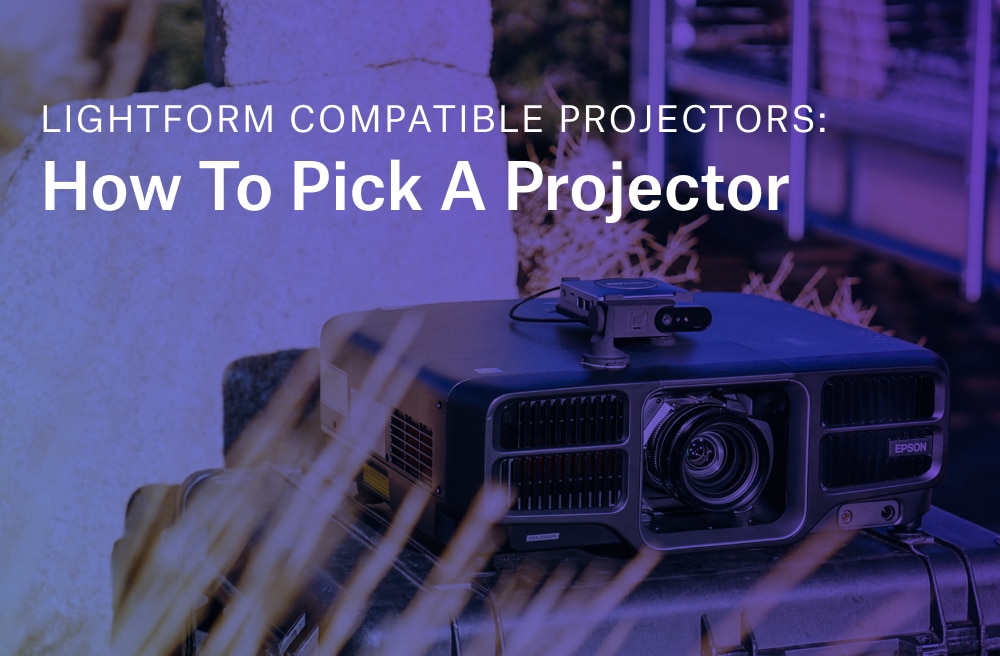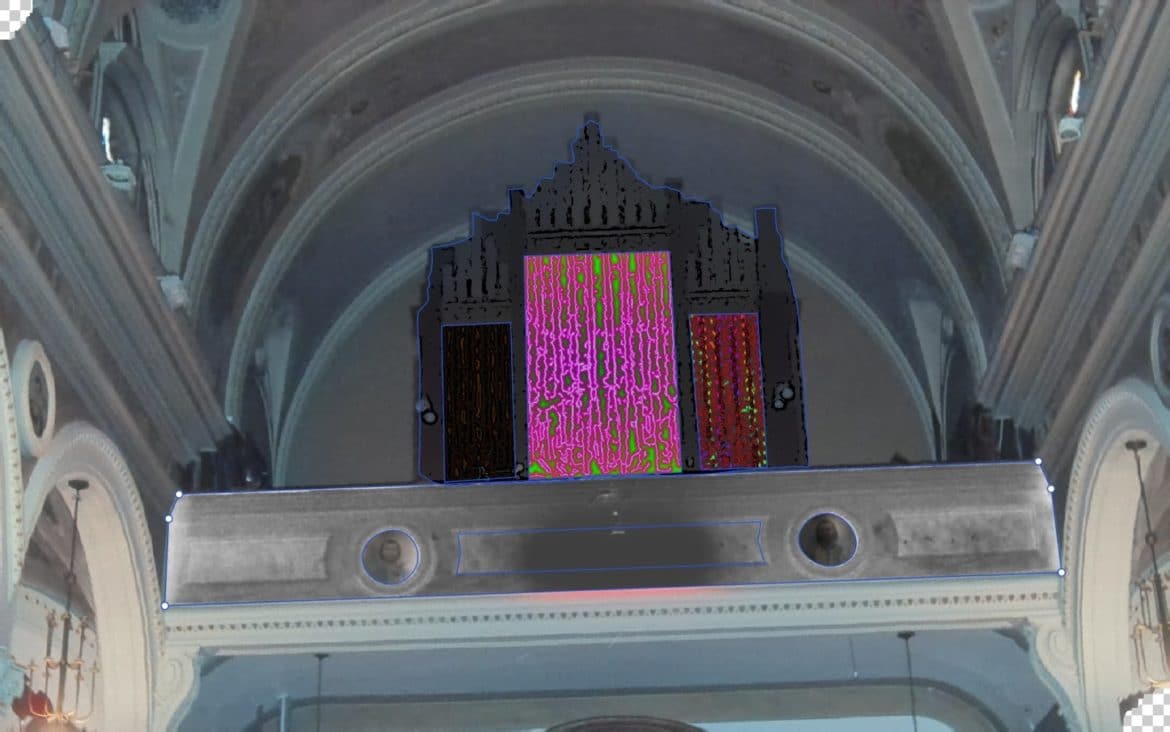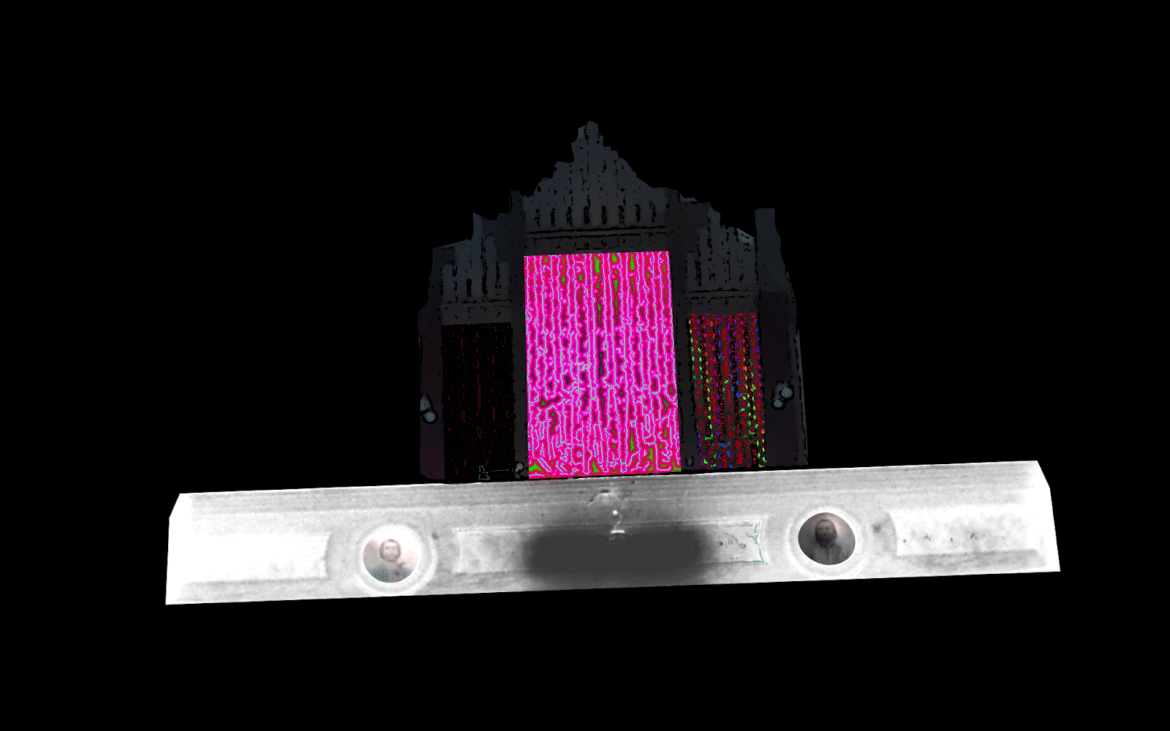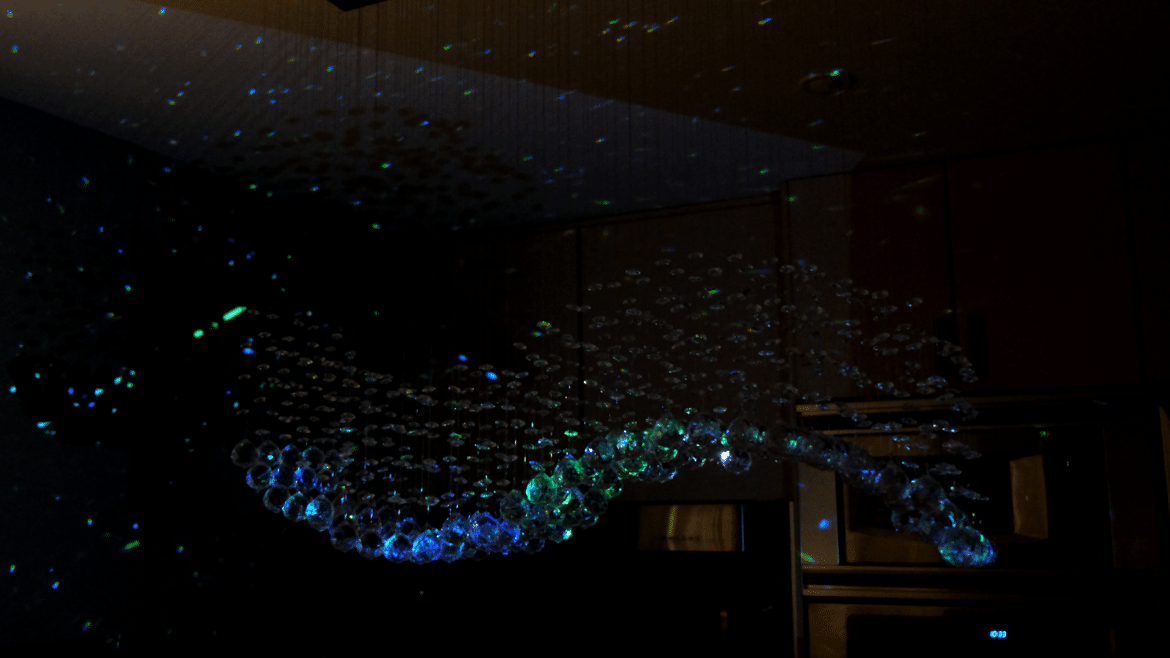When selecting a projector, people often ask how bright their projector needs to be. To determine the brightness value you need for a new projector, you must first understand how much brightness exists in your scene. For instance, you may need a brighter projector to use during daylight hours versus nighttime to combat the light emitting from the sun. Choosing a projector based on its brightness value begins with understanding the various elements that constitute “brightness.” In this article, we will discuss the relationship between lumens, luminance, and illuminance in hopes of shedding some light on the ambiguity of “projector brightness.”
Lumens vs Lux
The Lumen is a unit derived from the Candela that we use to measure the total amount of luminous flux, or visible radiation, emitted from a light source. Flux comes from the Latin for flow. We use it to describe all sorts of things that move through space, like fluids and gases. Light is a wave and a particle that flows through the world faster than any other known phenomenon. Think of a projector’s luminous flux as a different fluid, it’s behavior is not exactly the same but it’s similar enough for comparison. If you have a garden hose that can spray 1 liter of water every second, you really only know how much water there is. You do not know how far your hose can spray, how wide an area you can cover at once, whether the water will be bouncing off of cement, seeping into the dirt, or whether that area is already so wet that more water won’t even register.
Brightness is relative; it’s not the same thing as luminous output, our eyes are an enormous variable. Our brain interprets light differently in different ambient lighting conditions, and the reflections, refractions, and diffractions that may occur as light flows towards your eyes will all contribute to your brain’s perception of brightness. We don’t perceive incremental differences linearly either – in an enclosed room illuminated by a single light source at 1% of its total output, that light will generally appear to the human eye as 15-20% brighter than it appears to measurement tools.
Consider a flashlight with a single brightness setting. Outdoors in the daylight, you probably won’t be able to see any of its light. Take that flashlight inside and it will become a bit more apparent. In the dark though, it will appear much brighter – sometimes too bright. If you can zoom or focus the beam of your flashlight in the dark, or change the angle of the beam so that it glances off a surface instead of hitting it perpendicularly, you’ll also notice that as the same amount of light spreads out over a larger area, the less bright the illuminated area becomes. The same is true if you move further away without adjusting the optics.
Light emitting from a starry night sky in Joshua Tree.
Like flashlights, projectors use optics to create a beam of light, in a projector’s case a highly controlled beam with a defined geometry. Because lumen ratings are used to describe a light source’s total output, they do not tell you anything about the angle or direction of that beam and how it will spread out over distance or the reflective properties of the surfaces it will interact with. As the distance increases, the beam spreads out, and the total lumens are spread out to illuminate a larger area, albeit with less intensity. The density of light falling onto an area, or illuminance, is most commonly described using the SI unit lux (lx), which measures lumens per square meter. In the United States, many industry-backed standards and municipal codes use the Foot-Candle (fc), or lumens per square feet. As math and history would have it, 1fc = 10.76lx, and multiplying or dividing by 10 to convert between them is close enough for most situations in the range you’ll be dealing with.
Even in the United States, however, lux is becoming increasingly common, particularly with lighting equipment. LED lighting panels, for example, list both their beam angle and how many lux of illumination that beam will produce at specific distances. One of the driving concepts behind lighting design across disciplines is the Inverse-Square Law, otherwise known as fall-off. As light flows through space, it spreads out over a distance. The further that distance, the more spread out the lumens become, meaning less illumination when they do finally reach a surface. Lux tells us much more about how bright any given number of lumens will appear to be versus the number of lumens alone, but you’ll need to know a little bit about the geometry of your scene, as well as how much ambient illumination there is.
As an example, if you were to measure and compare the number of lumens hitting a 1m2 section of wall with a projector positioned 2m away, versus that same projector at 4m away, you would find the section of wall at the 4m distance receives fewer lumens from the projector, and therefore a lower lux value as the total output of light is spread over a greater surface area. When you’re trying to determine how many lumens your projector will need, knowing how large your scene will be and how much ambient light there is will make it much easier.
You can measure your space’s ambient lighting in lux with a light meter if you have one, or you can use a digital camera as a light meter, but you can also download any number of apps that will give you an accurate reading on your smartphone. Take some incident light readings in different situations, and you’ll get a better sense of what these numbers mean in relation to what your eyes are perceiving, keep in mind that you are measuring lumens within an area. If you don’t have access to the space to take a reading, there are lighting standards and recommendations for how illuminated a given space should be based on its function, from a living room, to an office, tradeshow, or warehouse, etc that you can reference. If you’re projecting outdoors in a developed area, the local code book will likely tell you what the level of street light illumination should be.
As for how many lux of illumination you’ll want from your projector, we recommend starting with at least 5x the level of ambient lux. The higher the level of illumination your projector is capable of, the more your projection will stand out against the background. The ideal level of illumination is largely subjective, so don’t worry about it too much. That being said, as part of your creative lighting toolkit, it’s usually better to have too many lumens and have to turn the projector brightness down or add additional lighting, than it is to not have enough.
Once you know the ambient lux levels, you can estimate what you’ll need from your projector by determining how large your scene will be. Keep in mind that projectors come in different aspect ratios, like televisions and monitors, if you’re not sure what that means, you’ll find more information below. More than likely you will be working in a 16:9 or 16:10 aspect ratio, meaning that for every 16 units of width, your projected image will be 9 or 10 units tall.
Say you wanted to project on a 4-meter tall mural and your projector has an aspect ratio of 16:9. That means the horizontal width of your projection will be 7.11 meters. With projection mapping, you don’t need to be set up perpendicular to your subject, in which case your frame might be more of a trapezoid than a rectangle, but for the sake of simplicity let’s assume that we are projecting head-on. When we multiply 4m x 7.11m we have a total projected area of 28.44 square meters. Once we know the area of the projection, we can easily calculate the average lux that any given lumen rating will produce within that area by dividing our total light output in lumens by the projected area those lumens will illuminate. 1000 lumens will produce an average of 35.2 lux at that size, 5000 lumens will produce an average of 175.8 lux, and 10,000 lumens will produce an average of 351.6 lux of illumination. If your projected area was only half that size, each of those lumen ratings would produce twice as many lux, and if your projected area was only a quarter of that size, each lumen rating would produce four times as many lux of illumination, and so on.
Any one of those projectors pointed at a white wall will appear much brighter than if pointed at a black wall, as the amount of light reflecting to your eye changes based on the reflecting surface’s properties. The materials in the scene you’re projection mapping will all have different levels of luminance or emittance, which tells us how bright or intense they appear to our eyes. In photometry, luminance refers to both reflected light and light emitted directly from a source, like the screen you’re using to read this. The imperial unit of luminance, the foot-lambert (fL), measures candela/ft2 and the SI unit is simply candela/m2although it is more and more frequently referred to as a nit. You won’t necessarily be using these units in any practical way with projection mapping, but you may notice them on the Projector Central calculator, so it’s worth noting that while their brightness calculator can be helpful, it’s primarily focused on helping you meet the Society of Motion Picture and Television Engineers’ recommendations for cinema screens.
If you’re working with a material or projection coating like ScreenGoo that has a known gain number, the Projector Central tool can help you estimate luminance in nits or fL, but otherwise, we recommend using the Lightform Projection Mapping Calculator to determine whether a given projector produces enough lumens for your scene.
Industry Standards and Marketing Ploys
While there is a SMPTE Standard for cinema projection, there is no such industry-backed standard for projection mapping at this time. There are, however, many standards that govern different aspects of the tools that we employ. No matter what mode of projection you’re trying to equip yourself for, the likelihood that you will encounter purposefully misleading and unscrupulous marketing is unfortunately quite high.
The baseline measurement that has been adopted is ANSI lumens, established by the American National Standards Institute’s 1992 document IT7.215. It establishes protocols for setting up a projector at a specific distance in a controlled ambient environment, adjusting the brightness and contrast settings of the projector to uniform levels, and then taking readings at nine specific points to calculate an average (often the center of a projection will be brighter than the edges). ANSI lumens are the most commonly found unit in projector specification sheets, and also the most trustworthy. As a general rule, if you see a projector advertised using anything but ANSI lumens, your first reaction should be skepticism. One exception to this rule, which is becoming more common as the technology evolves, is LED lumens, but we’ll go into that in more depth later. You may also see projector brightness described in lux with no other information to contextualize that measurement, which is another misleading marketing tactic.
Color Lumens
An important thing to note about the ANSI lumen standard is that it is measured using black and white video projections. Some projectors are listed with a Color Lumen Rating, which is important for picking a projector for projection mapping. Some projectors might measure high ANSI lumens, but when the same readings are taken on an RGB test pattern, they measure much lower. What this means for the consumer is that the color reproduction of that projector will not be very vibrant. Color Lumens are a good indicator of how vivid the colors of your projection will appear and should be as close or to the ANSI lumen rating as possible for the richest color quality.
Using Your Knowledge of Projector Brightness
Now that you have a better understanding of the many facets of brightness, you can select a projector with greater precision. To aid in that process, the Lightform Projection Mapping Calculator is a great resource to help you determine the brightness needed for your installation. For more information on projector brightness and selecting the right projector to use for your projection mapping project, read our blog on How to Pick a Projector.
~ Sean Servis
Note:
As of August 12th, 2022, Lightform is no longer in business and is no longer providing technical support for the product. Please refer to the Lightform Guide and FAQ for self-help resources.




